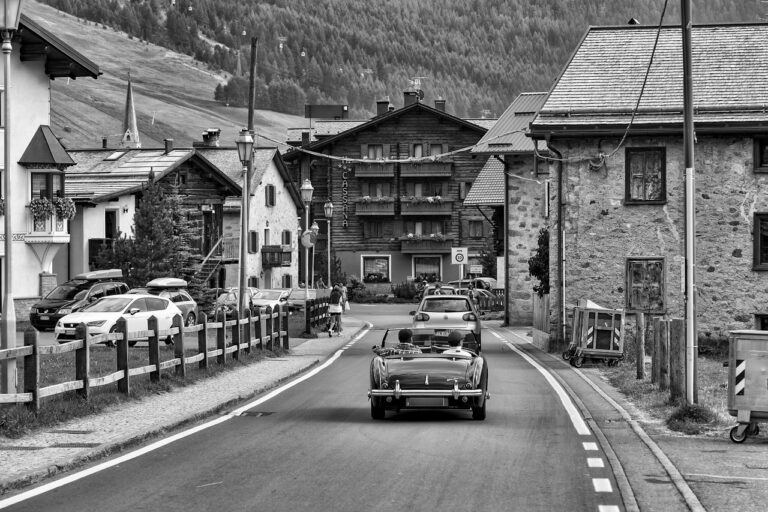Exploring the Impact of Automotive Paint on Vehicle Safety Ratings
skyexch, world777, goldsbet login: Exploring the Impact of Automotive Paint on Vehicle Safety Ratings
As car buyers, we often focus on factors such as horsepower, fuel efficiency, and technology features when choosing a vehicle. However, one crucial element that is often overlooked is the impact of automotive paint on vehicle safety ratings. The color of a car may seem like a purely cosmetic choice, but research shows that it can play a significant role in keeping you safe on the road.
The color of a car can affect its visibility, which is crucial for preventing accidents. Bright colors such as white, yellow, and red are more easily seen by other drivers, especially in low light conditions or bad weather. In contrast, dark colors like black and blue can blend into the background and make it harder for other drivers to see your vehicle. This can increase the likelihood of accidents, particularly in situations where split-second decisions are necessary.
Automotive paint also plays a role in the visibility of a vehicle’s markings and signs. For example, the color of a car can affect the visibility of its brake lights, turn signals, and other safety features. A paint color that contrasts with these elements can make them more noticeable to other drivers, reducing the risk of rear-end collisions and other accidents.
Furthermore, the quality of the automotive paint can impact a vehicle’s durability and resilience in the event of a crash. High-quality paint that is properly applied can help protect the underlying metal from rust and corrosion, extending the lifespan of the vehicle. In contrast, poor-quality paint can chip, fade, and peel over time, leaving the metal vulnerable to damage and compromising the structural integrity of the vehicle.
In addition to visibility and durability, automotive paint can also affect a vehicle’s aerodynamics. The smoothness and evenness of the paint surface can impact the airflow around the car, influencing its stability and handling at high speeds. A well-applied coat of paint can reduce drag and improve fuel efficiency, while a rough or uneven surface can create turbulence and reduce overall performance.
Overall, it is evident that automotive paint plays a crucial role in vehicle safety ratings. By choosing the right color and quality of paint for your car, you can enhance its visibility, protect its structural integrity, and improve its overall performance on the road. Next time you’re in the market for a new vehicle, consider the impact of automotive paint on safety and make an informed decision that prioritizes both style and security.
Headings:
1. The Importance of Automotive Paint
2. Visibility on the Road
3. Durability and Resilience
4. Aerodynamics and Performance
5. Choosing the Right Paint for Your Car
6. Conclusion
FAQs:
Q: Does the color of my car really affect its safety?
A: Yes, the color of your car can impact its visibility on the road and the effectiveness of its safety features.
Q: How can I choose the right paint for my vehicle?
A: Consider factors such as visibility, durability, and aerodynamics when selecting the color and quality of automotive paint for your car.
Q: Can I improve my vehicle’s safety ratings by repainting it?
A: While automotive paint is just one factor in vehicle safety ratings, choosing a high-quality paint in a visible color can enhance the overall safety of your car.







